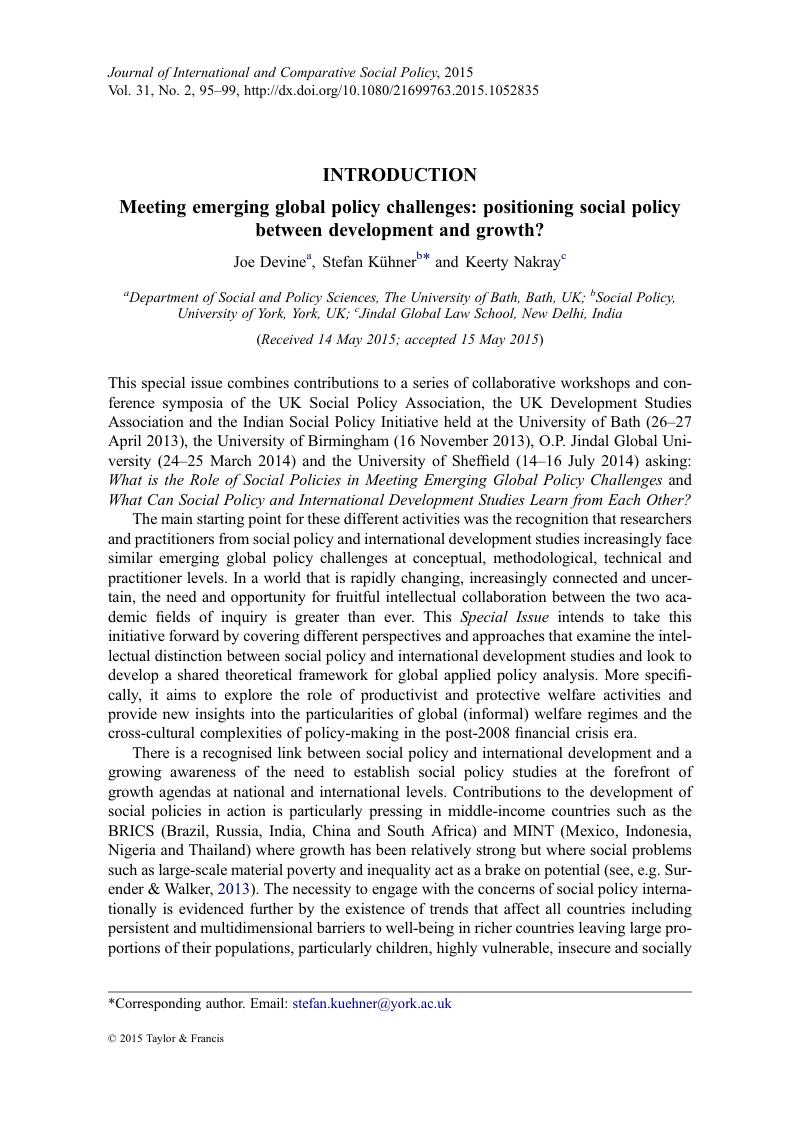Crossref Citations
This article has been cited by the following publications. This list is generated based on data provided by Crossref.
Mok, Ka Ho
and
Kühner, Stefan
2017.
Managing welfare expectations and social change: policy transfer in Asia.
Journal of Asian Public Policy,
Vol. 10,
Issue. 1,
p.
1.
Mok, Ka Ho
Kühner, Stefan
and
Yeates, Nicola
2017.
Introduction – Managing Welfare Expectations and Social Change: Policy Responses in Asia.
Social Policy & Administration,
Vol. 51,
Issue. 6,
p.
845.
Roumpakis, Antonios
and
Sumarto, Mulyadi
2020.
Some Useful Sources.
Social Policy and Society,
Vol. 19,
Issue. 4,
p.
691.



